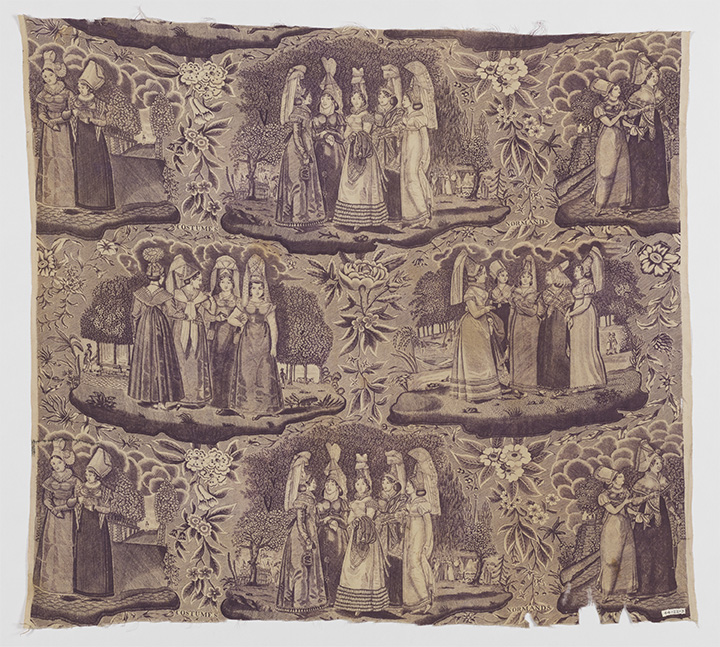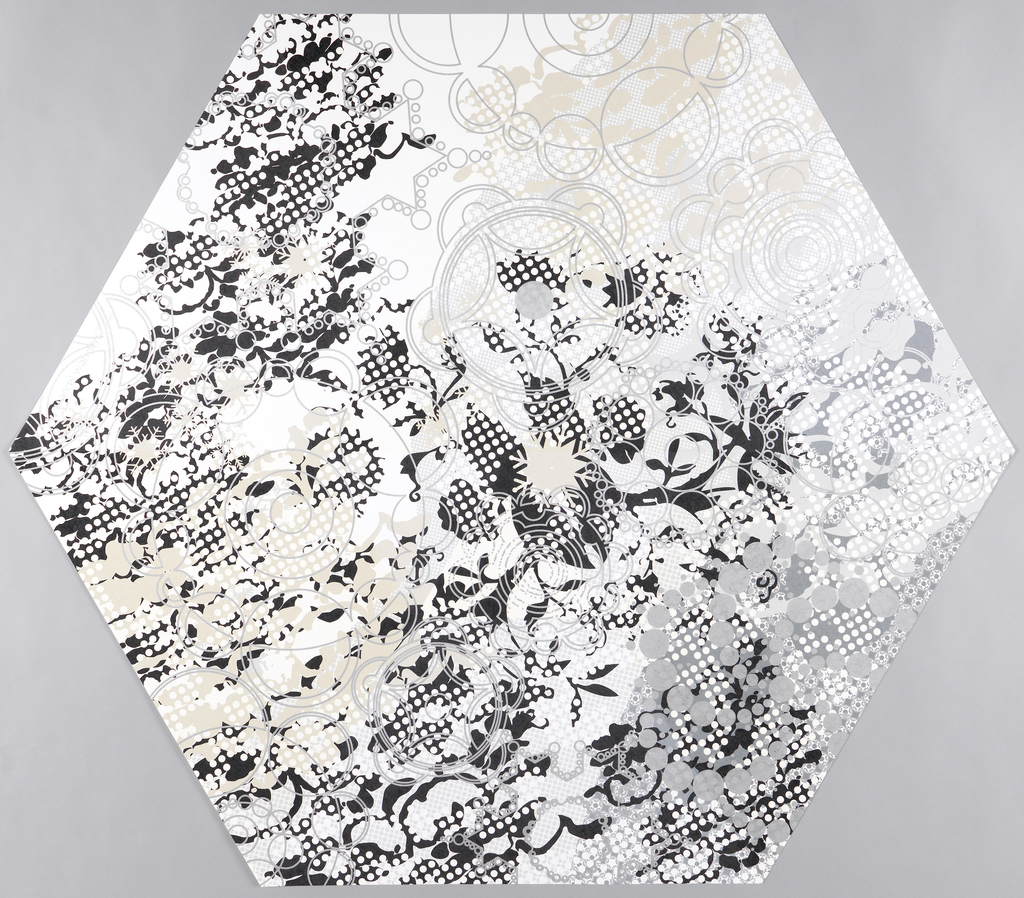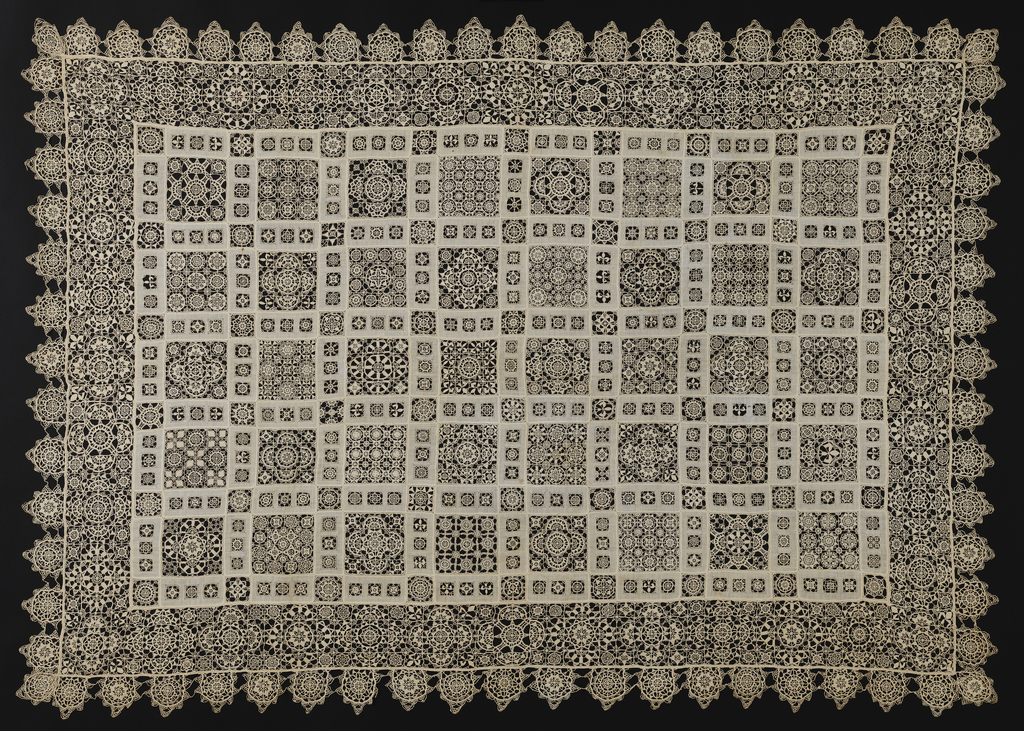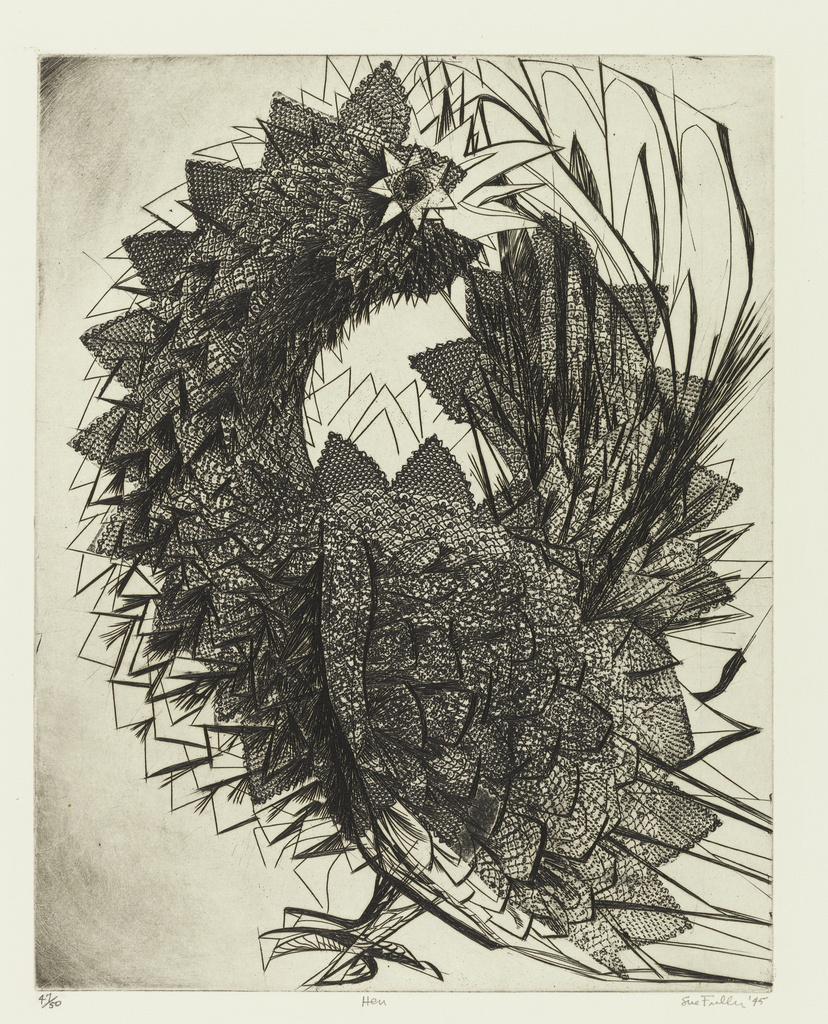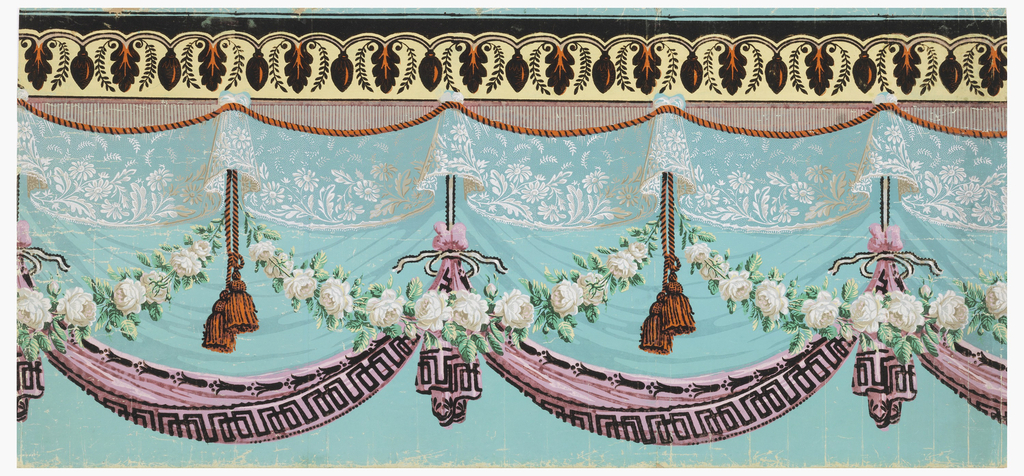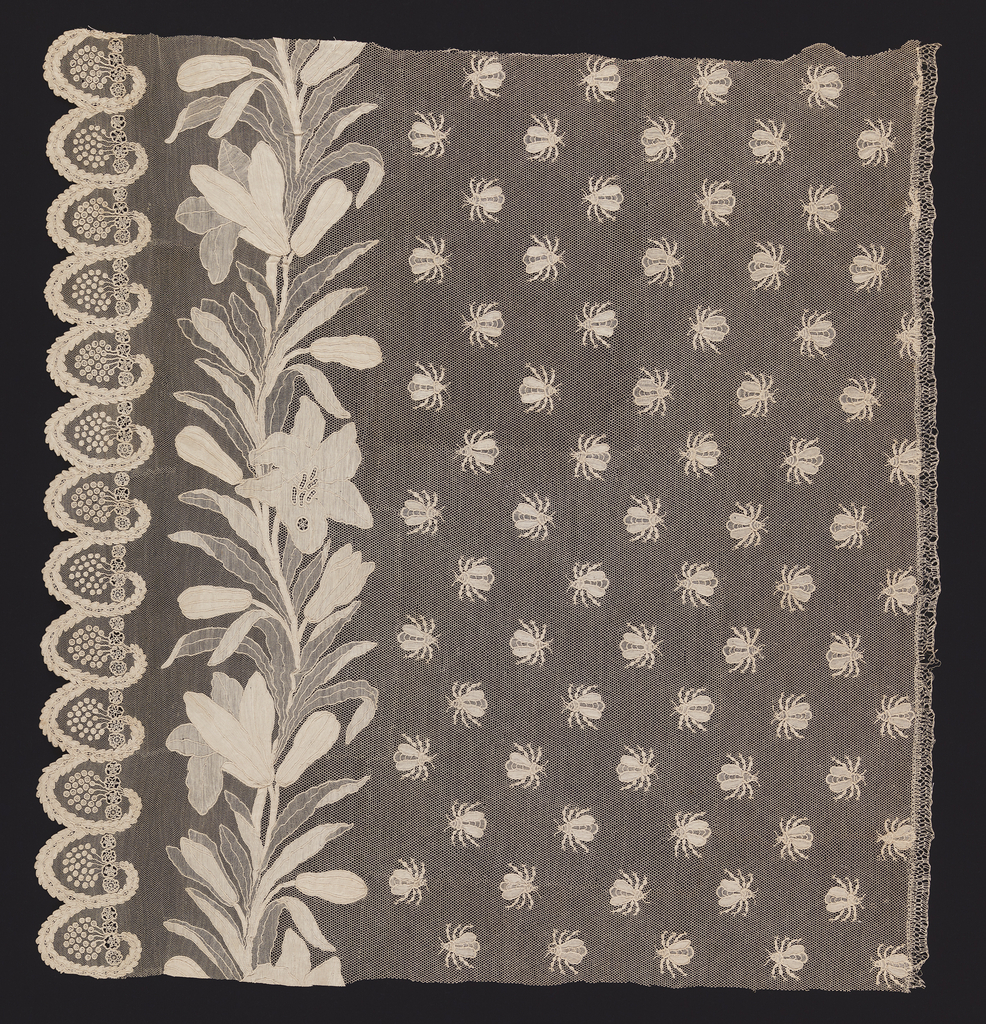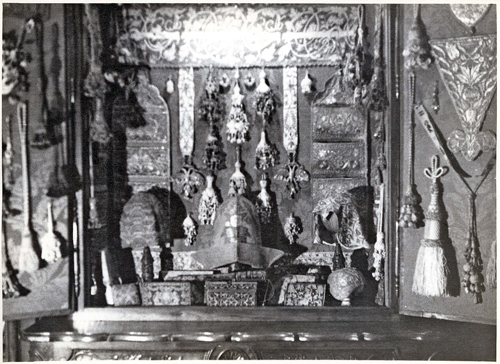Author: Michele Majer In celebration of the third annual New York Textile Month, members of the Textile Society of America will author Object of the Day for the month of September. A non-profit professional organization of scholars, educators, and artists in the field of textiles, TSA provides an international forum for the exchange and dissemination...
This beautiful sidewall tile by Marcel Wanders overwhelms with its variety of details. The pattern features layers of circular motifs, snowflakes, stars, and dots on a complex floral curvilinear design. When the tile is repeated along a wall as intended, the overall effect is dazzling and makes the wall seem made of lace. This effect...
Author: Cecilia Gunzburger September is New York Textile Month! In celebration, members of the Textile Society of America will author Object of the Day for the month. A non-profit professional organization of scholars, educators, and artists in the field of textiles, TSA provides an international forum for the exchange and dissemination of information about textiles...
Famously known for her sculptural compositions of thread and string, Sue Fuller (American 1914-2006) was first successful in the realm of printmaking. Her print work in the 1940s and 1950s show a strong use of textiles to communicate texture and bring her abstract images to life. Fuller was born in Pennsylvania, the daughter of a...
Traditionally, wallpapers have imitated more expensive materials, such as architectural details, painted wall decorations, wood grains, marble, and, most often, textiles. In the mid-18th century when wallpapered rooms became a prevailing fashion in England and France, wallpaper borders were as important a decorative element as the coverings themselves. A brilliant swag of printed paper flowers,...
In the seventeenth and eighteenth centuries, a lace cap with a pair of long streamers was a popular headdress for women. The most fashionable cap streamers were made of delicate bobbin or needle lace. These cap streamers or lappets were sometimes pinned up, but often they hung loose about the sides or back of the...
This valance fragment is just a small piece from a set of bed furnishings commissioned by Napoleon I (1769-1821) for his wife Joséphine (1763-1814). Intended for their home in Malmaison, located outside Paris, the commission consisted of a ceiling canopy, pair of curtains, bed cover and valance. Made of fine point d’Alençon lace by the...
See how bobbin lace is made in this short video. Ellyane Hutchinson demonstrates a basic lacemaking project at the Textile Arts Center’s Brooklyn facility. This lace making project took about 9 hours total. About this series: Design Dictionary is a new Cooper Hewitt video series that vividly illustrates a wide variety of creative techniques. Covering...
Richard Cranch Greenleaf (1887–1961) was a prolific collector of lace, costume, and textiles. To a large extent, the strength of Cooper-Hewitt’s collection in these areas can be attributed to his generosity. Starting in 1950, Greenleaf began donating groups of lace, small accessories such as purses and coifs, and finely woven European silks and embroidered textiles....
